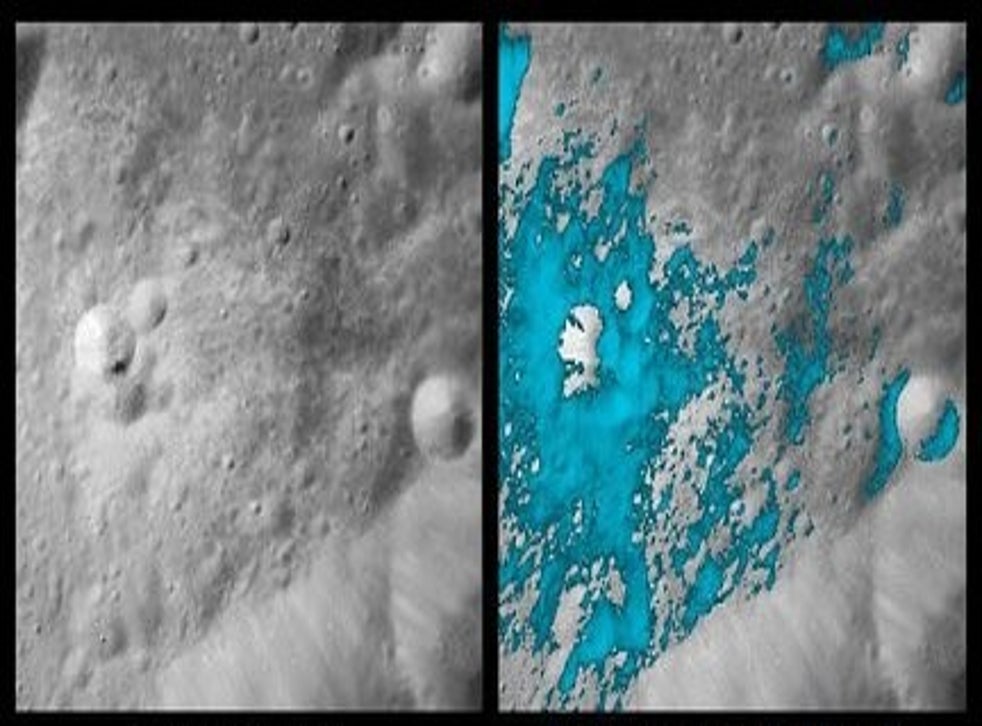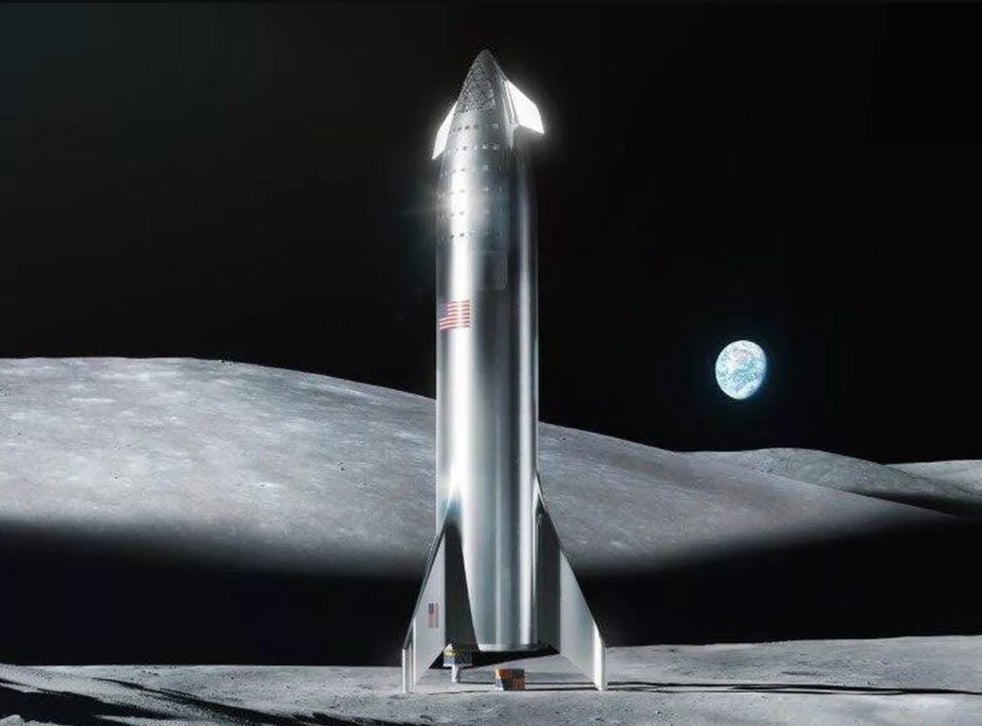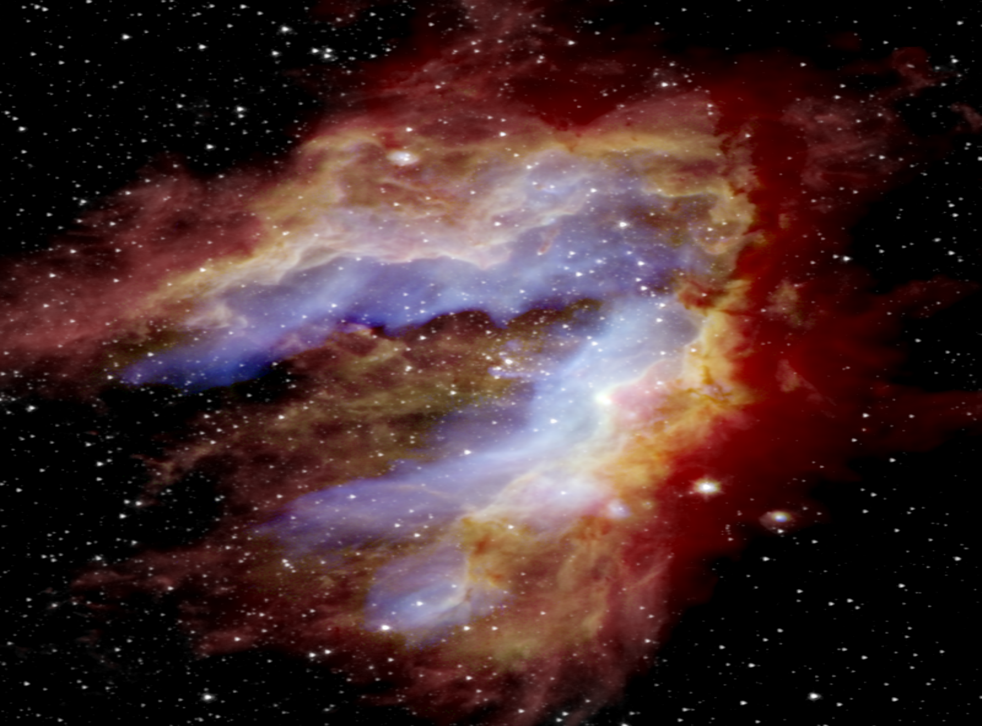Nasa has announced the “unambiguous” presence of water on the Moon.
The major announcement “contributes to Nasa’s efforts to learn about the Moon in support of deep space exploration”, the US space agency said.
A live stream of the event appeared on Nasa’s website, as well as on its official YouTube channel.
You can follow all the latest updates here.
Welcome to The Independent’s live coverage of Nasa’s “exciting new discovery” about the Moon.
Is it signs of alien life? Are there creatures living in lava tubes? Or is the moon actually made of cheese?
A media conference will reveal all of the details, though plenty of hints may have already given us an indication of what to expect – and it could have huge consequences for the future of humanity.
Anthony Cuthbertson26 October 2020 10:41
Taking part in today’s media conference are Paul Hertz, Jacob Bleacher, Naseem Rangwala and Casey Honniball.
Those first three names are all senior members of staff within various divisions of Nasa.
The final name gives perhaps the biggest clue of what this announcement might be.
Casey Honniball is a postdoctoral fellow at Nasa’s Goddard Space Flight Center who has conducted extensive research into how we might find water on the Moon.

Anthony Cuthbertson26 October 2020 10:55
Nasa’s media advisory about the announcement also offers some idea of what direction today’s news conference will take.
This new discovery contributes to Nasa’s efforts to learn about the Moon in support of deep space exploration. Under Nasa’s Artemis program, the agency will send the first woman and next man to the lunar surface in 2024 to prepare for our next giant leap – human exploration of Mars as early as the 2030s. Understanding the science of the Moon also helps piece together the broader history of the inner solar system.
Nasa media advisory
Anthony Cuthbertson26 October 2020 11:04
So how would water on the Moon help with deep space exploration?
Firstly, it would make setting up a base on the Moon much easier, since water is essential for human life. Nasa administrator Jim Bridenstine said establishing a permanent human presence on the Moon could be used as a “proving ground” for Mars.
Secondly, lunar water could be used to create rocket propellent. Future missions to Mars and other parts of the Solar System will most likely launch from the Moon, as there are less atmospheric and gravitational constraints compared to Earth.

Anthony Cuthbertson26 October 2020 11:44
None of this is hypothetical. Last month, Japan’s space agency said it would power its space exploration missions with hydrogen extracted from water deposits on the Moon.
The Japan Aerospace Exploration Agency (JAXA) said it would be cheaper to generate fuel on the Moon than to transport it from Earth. The process to create hydrogen fuel could be powered using solar cells.
Since the 1960s, scientists have conjectured that lunar water could exist as ice within shadowed craters at the Moon’s poles – something Nasa appeared to confirm in 2009 and 2018 – as well as in lower concentrations over much of its surface.
Anthony Cuthbertson26 October 2020 12:12
It is not just the Nasa scientists making today’s announcement that hint at what to expect, but also the tools and equipment they used.
Nasa’s media advisory states that the Stratospheric Observatory for Infrared Astronomy (Sofia) was behind the results.
As the world’s largest airborne observatory, Sofia is a modified 747 that flies high in the atmosphere to provide its nearly 9-foot telescope with a clear view of the universe and objects in our solar system. Flying above 99 per cent of the atmosphere’s obscuring water vapor, SOFIA observes in infrared wavelengths and can detect phenomena impossible to see with visible light.
Nasa media advisory
One of the four people hosting today’s announcement wrote her PhD dissertation on how Sofia could be used to find water on the Moon.
Dr Honniball wrote: “Using data from Sofia we report the first direct detection of the water molecule on the illuminated lunar surface.”
The blog Nasa Watch also notes that Dr Honniball was the lead author on a recent paper titled ‘Telescopic Observations of Lunar Hydration: Variations and Abundance’.
Anthony Cuthbertson26 October 2020 12:32
The Stratospheric Observatory for Infrared Astronomy (Sofia) used for today’s discovery is a fascinating piece of equipment.
From the outside it looks like a Boeing 747 passenger plane, but this is just the shell to hold millions of dollars worth of telescopes and other scientific equipment.

The flying observatory is able to study the solar system in ways not possible with stationary ground-based telescopes. Its subjects include asteroids, galaxies, and the birth and death of stars.

Anthony Cuthbertson26 October 2020 13:13
Any base on the Moon doesn’t just need water, it also apparently needs phone signal.
In other Moon-related Nasa announcements, Nokia was recently selected to build the first mobile phone network there.
The 4G network will allow astronauts to stream high-definition videos and communicate via voice and video calls.
Read the full story here:
Anthony Cuthbertson26 October 2020 13:50
There’s been a lot of speculation across social media about what Nasa’s announcement might be.
Alien life, the discovery of a monolith, or how about a Death Star?
Anthony Cuthbertson26 October 2020 14:14
Others have noted that Nasa’s Moon announcement comes at a time when there are maybe more urgent matters to address back here on Earth.
It comes in the midst of an ever-worsening pandemic, global economic turmoil, and just eight days before the US presidential elections. Given all that, maybe it’s actually a welcome distraction?
Anthony Cuthbertson26 October 2020 14:22
